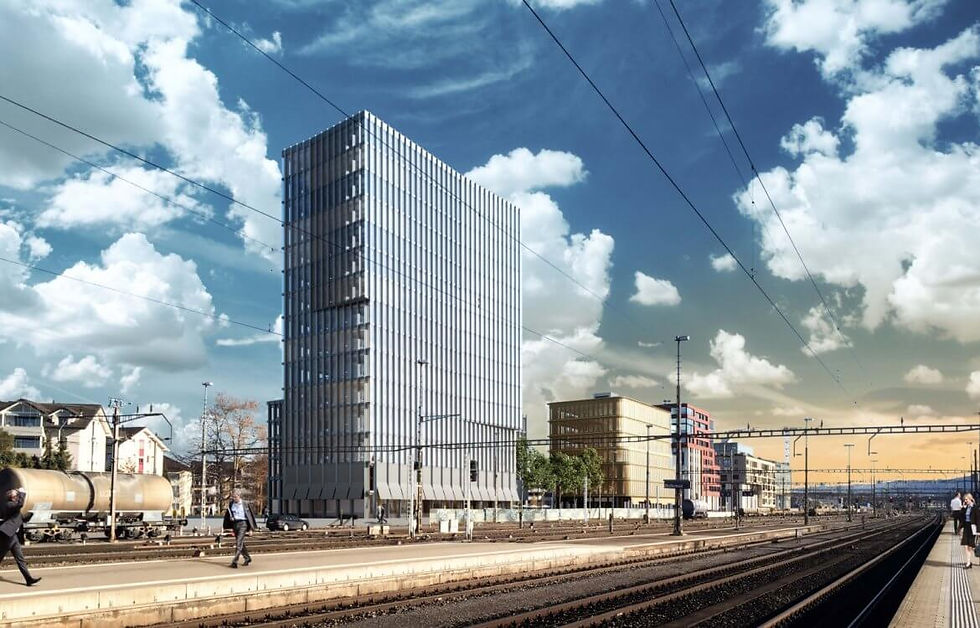Deformation behaviour of wooden pillars: Lessons learned from the monitoring of two wooden high-rise
- Jan 23, 2023
- 2 min read
Updated: Dec 9, 2023
The short video about the project on Youtube can be watched under the following link (only available in German): https://youtu.be/PD0tz2AAQjw
From 2017 to 2019, the Institute of Structural Analysis and Design at ETH Zurich led a research project under the direction of Prof. Dr. Andrea Frangi to investigate the deformation behaviour of wooden columns.
The research took place during the construction of two high-rise wooden buildings in Risch-Rotkreuz. This project not only helped the researchers gain additional knowledge on this topic, but also significantly improved the implementation of measurement methods (e.g., floor sensors).
This research is important because it is critical in the design of wood and wood-hybrid buildings to evaluate the deformations occurring at the structural level to a much greater extent than in conventionally built structures. It is also important because deformation affects the design of load-bearing members, and wood elements interact with steel and concrete structures – materials that have different properties and compositions. It is also important to consider that moisture and temperature variations can have a significant effect on the deformation of structural members.
The researchers then measured building material behaviour in two separate buildings, Suurstoffi S22 and BF1 (both in Risch-Rotkreuz).
Measurements taken during the study showed that low-stress building components exhibited minor structural changes, while high-stress and transitional components showed significant deformation.
The results were derived from spruce wood but can be applied (with due care) to structural beech.
Although this paper shows relevant and useful results, it must be said that the goal of this research area is to further improve the deformation calculation; this applies to several dimensions: Viscoelasticity, Mechanosorption, Swelling and Shrinkage, and Moisture Diffusion.
This is the current path required to improve these models.
The project was supported by the Forest and Wood Research Promotion Switzerland WHFF-CH of the Federal Office for the Environment FOEN.




